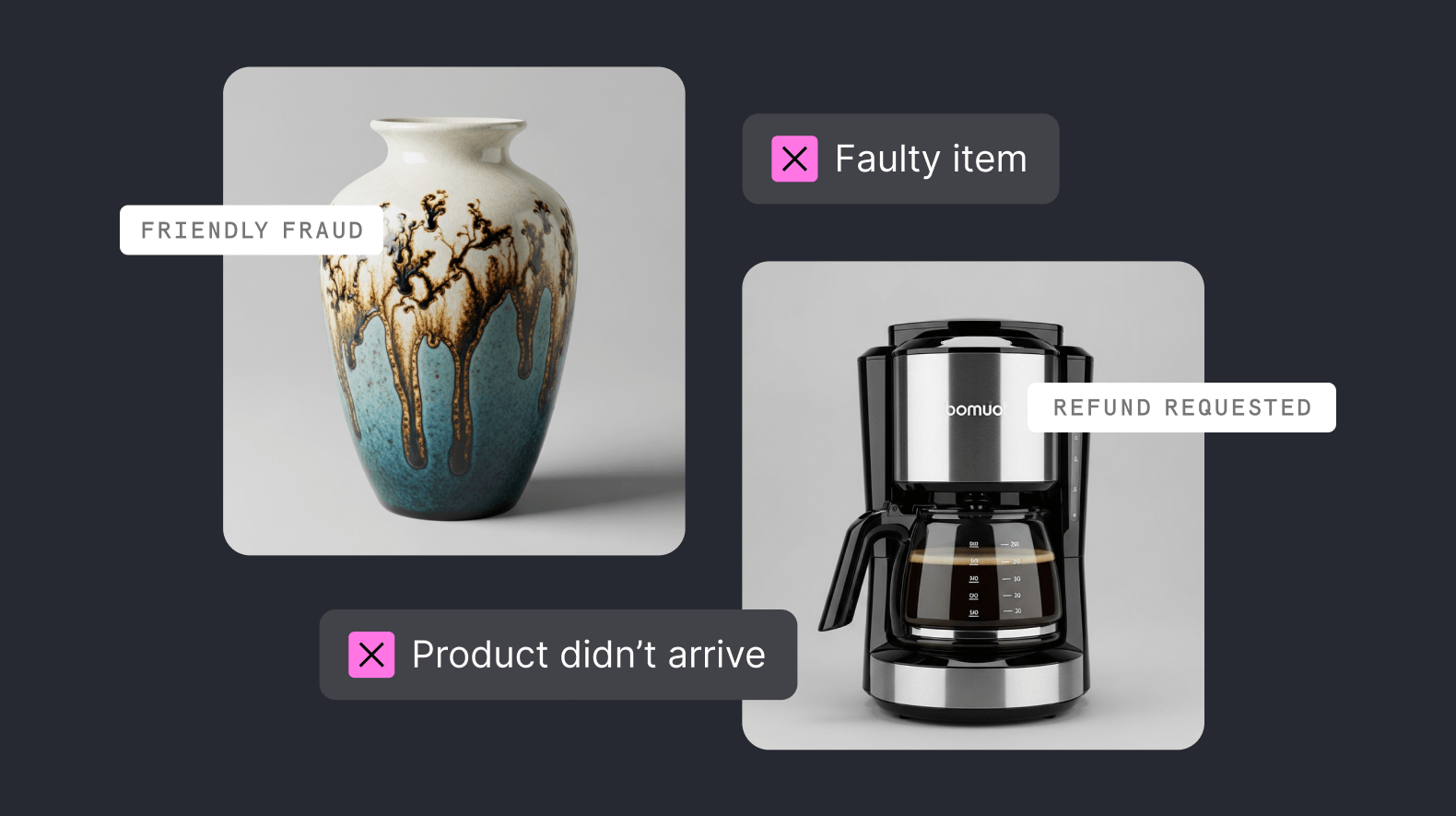Margin, real revenue, and financial performance have come under increasing scrutiny this year. Across all sectors, executive teams are calling on their finance leaders to minimize wasteful spending and maximize operational efficiencies in the face of growing economic headwinds.
Seasoned CFOs are no strangers to this challenge. They know the importance of optimizing cash flow, scrutinizing every dollar spent, streamlining back-end processes, and strengthening forecasting and analytics capabilities.
While CFOs have many tools at their disposal to achieve these goals, payment optimization may not be at the top of their list. For many businesses, payments are either a functional necessity or a complex area that is too difficult to focus on amidst other pressing matters.
However, payment optimization presents both oversight and opportunity. As we will explore in this article, it can drive top and bottom-line gains. And, at the same time, recent advancements in payment technology have made this easier and more cost-effective to realize than ever before.
Reduce the price of accepting payments
Payments are a significant line item on many corporate balance sheets. The question CFOs must ask is whether or not it's too significant.
Payment pricing is complex. Numerous parties in the value chain pick a cent here and there as a transaction completes its journey. Some of these fees are fixed, especially in regions where pricing is regulated, but others are variable, resting on factors within the businesses' control. That is where finance teams will find opportunities.
The first place to look for efficiencies is the pricing structure provided by the PSP. If a business processes with a flat fee—known as blended pricing—there's little room for optimization. Blended pricing helps take the guesswork out of cost analyses but may lead businesses to overpay for specific transaction types where true interchange is much less than the flat fee.
That's not the case for businesses using a provider offering an IC++ pricing structure. This structure provides merchants more transparency into the fees charged across the transaction lifecycle. And most importantly, any savings made through optimizations are passed onto the merchant. Learn more about payments pricing.
.webp)
Prevent revenue loss
Reducing the cost of payments is essential. But CFOs must also consider how payment processing impacts revenue. In short, the savings made by pushing down the cost of payments are wiped out—and more—by revenue lost at the checkout.
For many businesses, declined payments at checkout are a significant issue that often goes unnoticed. Our research has found that businesses collectively lose billions of dollars in revenue annually due to false declines. This problem is compounded when a customer abandons their purchase at the point of transaction, resulting in lost revenue and acquisition costs.
Payment failures can stem from various technical, strategic, or user-related issues. Technical downtime on the payment service provider's (PSP) end is a common cause of payment failure. However, owning an end-to-end payment stack and passing data between fewer systems can reduce the likelihood of payment failures.
On the strategic side, one of the most common reasons for high payment failure rates is an overzealous risk strategy that does more harm than good by blocking legitimate transactions. There is a balance to strike between fraud prevention and transaction authorizations; informing strategy with intelligent scoring data puts businesses on top of the balance. Other issues may include how payments are routed, especially when it involves cross-border transactions and the richness of data sent along with the payment. Optimizing both of these factors can also help reduce costs.
Again, this is not an exhaustive list of what's possible. Payments are unique to each company, so the steps needed to improve performance change every time; it's about working with a PSP who has the tools, commitment, and insights to get results.
Unlock more opportunities
We know that much of the missed opportunity comes from CFOs and their payment teams lacking the data to understand how their payments are performing and working with inflexible payment providers that make change painful and expensive.
Reducing costs and increasing approval rates are the bare minimum requirements of an efficient payments operation. However, it's arguably just the tip of the iceberg. Payments built for performance can enable a CFO and their business to respond quickly to changing economic conditions and capitalize on emerging opportunities.
It's a bold statement, but we see it confirmed time and time again with the businesses we collaborate with. The value comes in various forms. For instance, some firms we've seen integrate real-time data into their payment flow to streamline the reconciliation process, turning the team into one that focuses more on uncovering insights rather than ticking boxes. Some have prioritized optimizing their settlement process to enhance efficiencies and free up trapped liquidity to invest in the business. Others are leveraging the data obtained through their payments platform to improve the customer buying process by providing more payment methods or, better still, enabling them to shop directly from ads on social media channels using Payment Links.
Inertia is the real cost CFOs need to solve for
An effective and modern payments platform that can drive operational efficiencies across the business. It can also deliver competitive advantages for companies that meet local customer payment preferences, optimize the payment flow for all devices and deliver improved performance so more payments are approved on the first try.
In both respects, CFOs can't afford to ignore the advantages that payments offer. Neither should they think these profound benefits require a significant investment of time and money. The best payment platforms are accessible with modern API integrations that require little technical overhead.
At the same time, modular architecture offers every capability a CFO should need, now and in the future. Scale is the other key ingredient. With size comes the benefits of data economies of scale, automated process flows across multiple functions, and the cost efficiency of processing large volumes of payments which can then be passed on to the client.
Refusing to invest in payments is equivalent to maintaining a suboptimal status quo and foregoing the savings and revenue gains they generate. The time to act is now, as marginal gains matter more when other growth opportunities are closed off. By investing in payments, CFOs can set their businesses up for sustained success in the future.



%20(1).jpg)


.png)

_conversion%20tactics.png)




%20(1).png)


